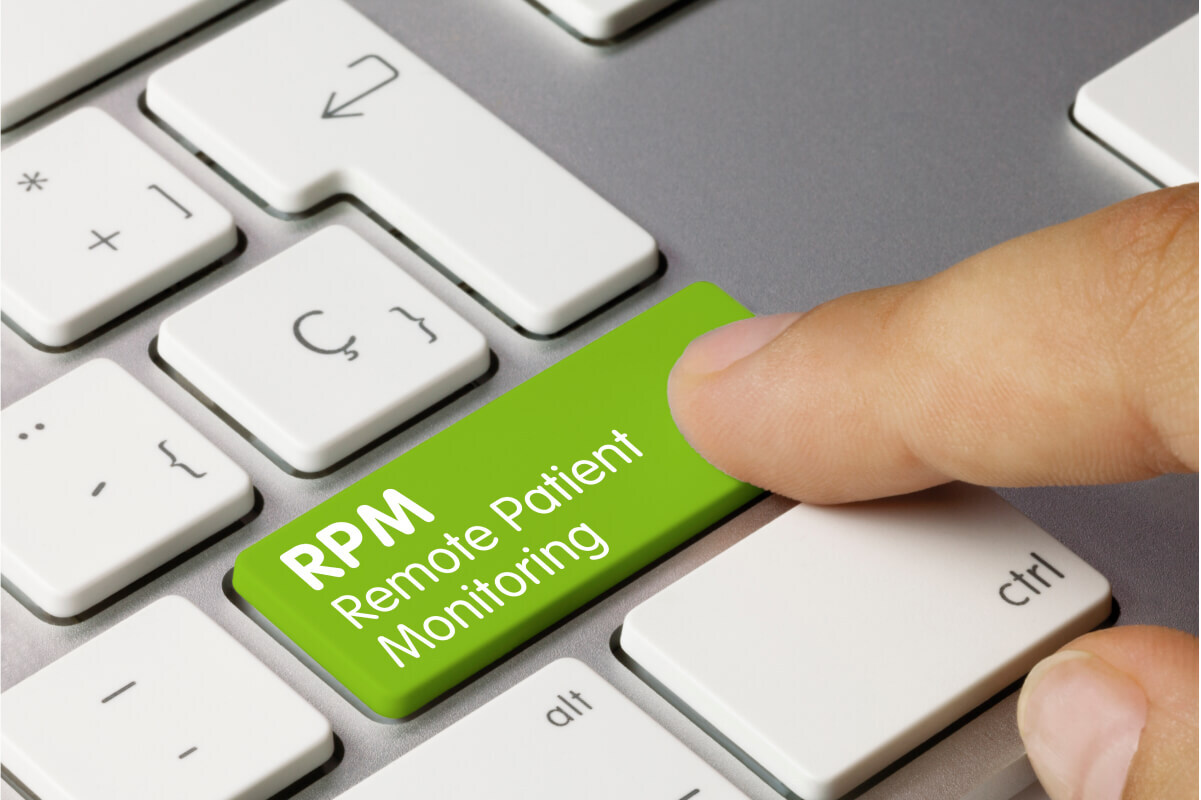Rich Wang, Chief Product Officer
Value based care has long eluded the healthcare industry. It’s not that providers don’t want to practice preventive medicine, it’s that doing so requires more time than is currently available. Value based care requires frequent patient touchpoints, and follow-ups. In a world where there is more demand for healthcare than supply, it’s inevitable that reactive medicine, and the pricing structures that support it, continue to dominate.
That was all true until recently. Remote Patient Monitoring (RPM) is one of two game changers in the value based care equation (the other being recent progress on the Generative AI front). RPM enables greater ability to offload preventive care monitoring via technology without increasing clinical staff time. What will still be necessary to transform the value based care equation, is a scalable means to communicate with patients based on their readings and schedule follow-ups. I believe that Generative AI will eventually fulfill that duty, but that’s for another blog post.
Still, with the market expected to grow from $53.6 billion in 2022 to $175.2 billion in 2027, the potential of RPM is vast. The COVID-19 pandemic played a significant role in accelerating its adoption, and now the RPM train has left the station.
Pushing this transformation is healthcare providers’ need for better data and improved data collection. New RPM technology and increased adoption make this possible while maximizing patient convenience.
Here are 4 emerging RPM trends that signify where healthcare is headed and why the time to refine your digital health strategy is now.
- New Wearable Device and Sensor Technology
RPM is no longer limited to blood pressure monitors and weight scales; the range of devices has expanded significantly. According to a 2022 Deloitte Insights report, the shipment of wearable biosensors is expected to reach nearly 440 million worldwide in 2024, up from 275 million in 2021.
Innovative devices getting attention include electronic skin patches, smartwatches, smart shirts, and connected inhalers. Features on the horizon – such as renewable energy sources, embedded NFTs, personalized alerts, brain wave pattern recognition, and gesture control – hold immense promise for the future of RPM.
Just imagine how all of those data points can be leveraged towards preventive care!
- Artificial Intelligence and Machine Learning
The integration of artificial intelligence (AI) and machine learning (ML) algorithms improves the analysis and interpretation of RPM data. These technologies possess the capability to process vast amounts of patient data, identifying patterns, trends, and anomalies that may go unnoticed by human healthcare professionals.
New AI-based software tools are garnering FDA approvals, including one earlier this year for TytoCare that analyzes lung sounds for the patient and the remote clinician using a connected stethoscope in the home.
AI-powered systems can detect subtle changes in vital signs, predict health deterioration, and provide personalized recommendations for patient care. By leveraging AI and ML, healthcare providers can offer more accurate diagnoses, develop targeted treatment plans, and enhance patient outcomes.
- Remote Chronic Disease Management
Chronic diseases, such as diabetes, hypertension, and heart disease, require continuous monitoring and management. RPM is pivotal in empowering patients with chronic conditions to take control of their health.
Through RPM, individuals can regularly monitor vital signs, track medication adherence, and receive timely feedback and guidance from healthcare professionals. This level of continuous care and support enables patients to actively participate in managing their conditions, leading to improved health outcomes and reduced healthcare costs associated with emergency room visits and hospital readmissions – all key outcomes for value based care.
- Managing Customized, Specialty Care
RPM enables a shift in healthcare’s convenience, efficiency, and efficacy.
Despite the immense potential, only 24% of healthcare practices utilized RPM technology in 2020, according to the American College of Physicians. However, the RPM claim volume increased by an astonishing 1,294% from January 2019 to November 2022.
RPM can positively impact healthcare costs by offering the ability to manage patients between physician office visits while facilitating customized treatment plans.
RPM is Here to Stay – and It’s Only Going to Get Better
RPM is a game-changer in healthcare, and emerging trends reflect its transformative potential.
To fully realize the benefits of RPM, adopting a comprehensive health data aggregation platform like Xealth’s can address the technology and data management challenges. Xealth manages RPM end-to-end, simplifying patient enrollment, presenting data through intuitive dashboards, facilitating data management, and integrating with your Electronic Health Records (EHR).
By providing clinicians with seamless access to RPM data within their EHR, healthcare systems can unlock the true potential of RPM, facilitating better healthcare and achieving health equity without adding to clinician burden.
To learn more about the success stories of RPM implementation, we invite you to read our success stories and discover the possibilities it holds for patients and providers alike.


